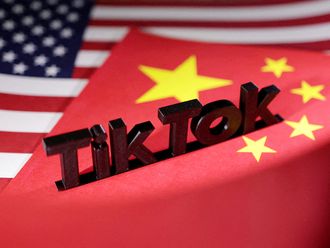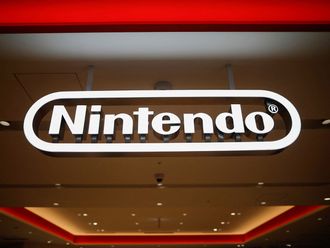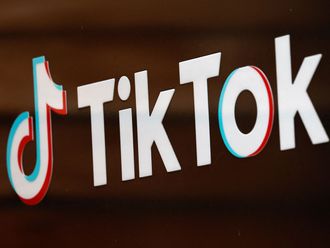By Scott Goodson, Special to Gulf News
Many of today’s emerging giants face an existential opportunity they didn’t see coming. The weariness of age-old Western brands and rapid acceleration of a new generation of brands sweeping the US and European markets are creating great headway.
This is enough to put these brands on the map and to sustain them as their industries mature. From New York City it’s hard to imagine how a UAE company could take on the world’s most respected brands.
Yet, it’s happening every day. Gillette razors owned by P & G is being taken to the mat by Harry’s Razors. Mercedes, Porsche and Audi are being leap-frogged by Tesla.
Casper Beds, Warby Parker glasses, Lyft, Airbnb, Betterment financial, Zip Recruiter are all brands making great impacts against slow moving competition. Last month, Mahindra, the Indian brand — and one of the most powerful companies in that country — announced that it would build the first automotive factory in Detroit in 25 years.
Mahindra is a terrific example of a brand, one which I worked on personally to help guide their rise to global dominance. Mahindra believes in itself and its own ideas rather building their business on the back of other’s brands.
Mahindra’s new factory will be making Mahindra branded products to sell in the US, where they’re already selling Mahindra tractors. Compare Mahindra to another great company in India, Tata, which owns Range Rover and Jaguar.
Years ago, I had the pleasure of working with Steffan Persson, the owner of H & M and his story is the story of confidence and belief in oneself. H & M had been the world’s largest reseller of Levi’s jeans. One day Levis’ made the decision to raise prices beyond what H & M could afford.
As a result H & M stopped selling Levis and started selling its own branded jeans. The rest is history as H & M went own to conquer the world of fashion retail, making Persson one of the world’s wealthiest men.
So the question worth asking is, how do local UAE brands become regional and global brands? How do UAE CEOs and CMOs of large family conglomerates establish corporate brands everywhere?
In the Gulf, brands such as Majid Al Futtaim Group and Al Shaya are billion dollar entities dependent largely upon global brands for whom they are franchisees. Can they use the changes taking place in the branding world and among the new group of consumers to move beyond borrowed brand equity and establish their own global brands?
Companies in developing countries are often so focused on chasing growth that they fail to invest in improving their brands. So even if they have enormous reach and revenues, they’re not thinking of growth when the economy changes and competition slows from increasingly savvy developed-world multinationals.
They need not lack the competitive advantage in new markets. Some, including another UAE brand Emirates airline, have proved that it can be done. Emirates, which in 30 years transformed itself from a local airline into a world-class competitor has achieved this ambidexterity.
It’s critical that the next generation of emerging-market UAE corporations heed this suggestion from the very beginning and develop strong global brand movement ideas that can inspire employees as well as consumers across all markets.
What brands such as Mahindra have figured out is unless they can become capabilities-driven, strong brands, they’re doomed to follow unsuccessful domestic brands and may eventually fall victim to a shakeout in their industries
Powerful UAE companies embody a contradiction. In their domestic markets, they have usually pursued rapid top-line growth at all costs, and borrowed values and name recognition from US or European brands.
They have mastered the local business landscape and learnt to cater to customers in their regional economy.
Yet in their enthusiasm to get ahead, many of these companies have forgotten to lay the groundwork for profitability other than a rapidly expanding market. They don’t know how to compete on quality, for example, or on the strength of design ideas, or on innovative branding.
It’s easy to see how emerging-market corporations get themselves into this position of weakness. Representing established brands can seem like a great strategy when markets are young and growing by double-digits.
To maximise opportunities, consider building for strength. Once you’re confident and profitable and you’re feeling the itch to grow think bigger, don’t limit yourself to regional markets. As my grandfather once said if you’re going to sell a fish you might as well sell a big fish.
The writer is Founder and Chairman of StrawberryFrog, the New York-based agency.











